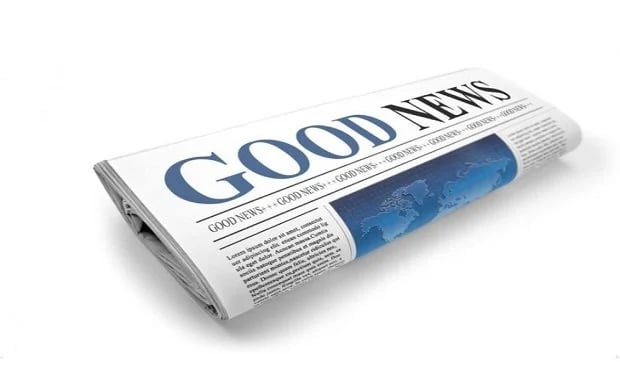The current homeowners underwriting environment is exceedingly complex. To ensure dependable and consistent underwriting decisions, companies are incorporating more and more risk-specific information–such as fire-protection class, claims/loss histories and crime reports–into their underwriting decisions.
Straight-through processing–where the vast majority of underwriting decisions are made by programmed rules–is becoming more common. As a result, there is an increased demand to automatically incorporate risk-specific information into the underwriting environment.
For those insurers involved in catastrophe risk, the common risk metrics are hazard assessments such as distance to the coast or the nearest fault, county-level restrictions on total insured values and territorial ratings. These metrics, while useful, do not provide a complete view of the catastrophe loss potential.
Recommended For You
Want to continue reading?
Become a Free PropertyCasualty360 Digital Reader
Your access to unlimited PropertyCasualty360 content isn’t changing.
Once you are an ALM digital member, you’ll receive:
- Breaking insurance news and analysis, on-site and via our newsletters and custom alerts
- Weekly Insurance Speak podcast featuring exclusive interviews with industry leaders
- Educational webcasts, white papers, and ebooks from industry thought leaders
- Critical converage of the employee benefits and financial advisory markets on our other ALM sites, BenefitsPRO and ThinkAdvisor
Already have an account? Sign In Now
© Touchpoint Markets, All Rights Reserved. Request academic re-use from www.copyright.com. All other uses, submit a request to [email protected]. For more inforrmation visit Asset & Logo Licensing.







